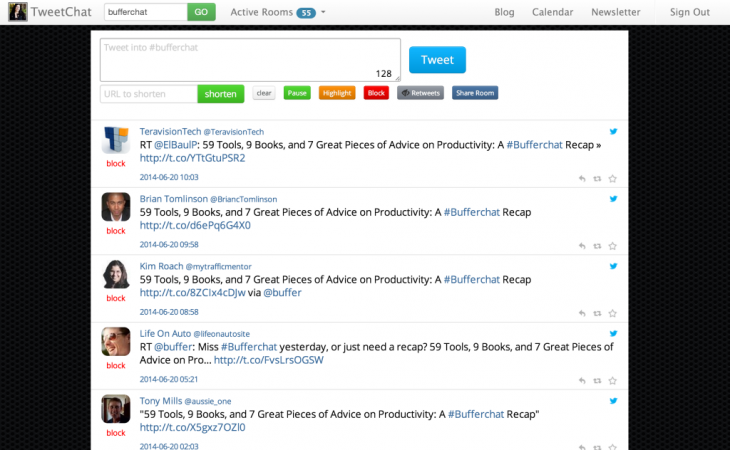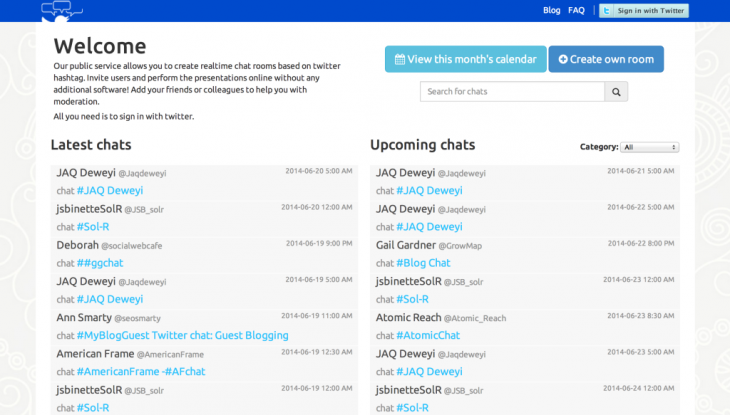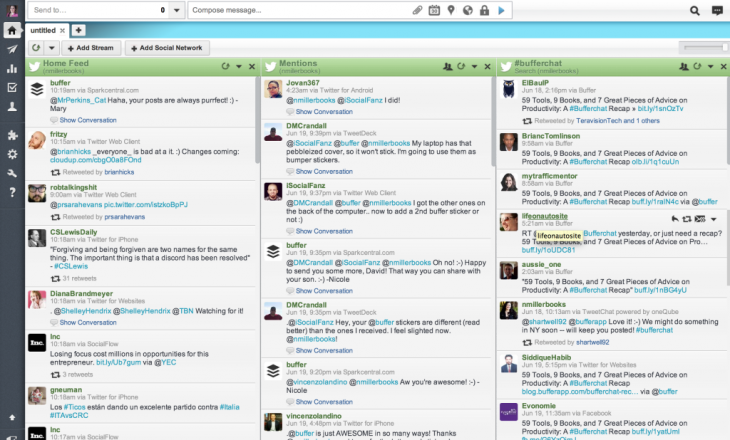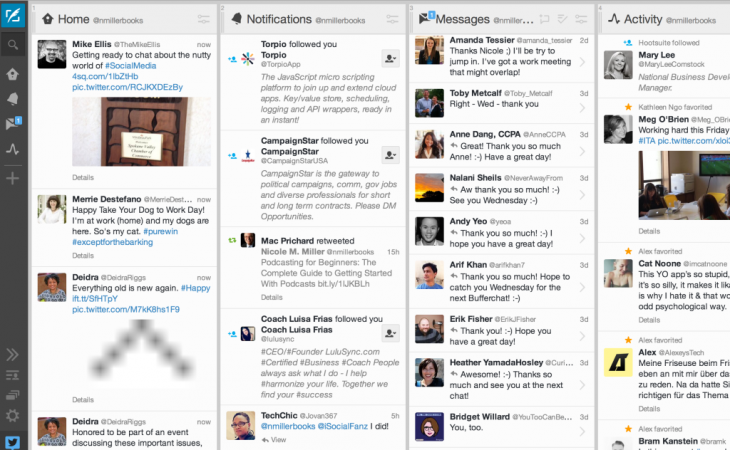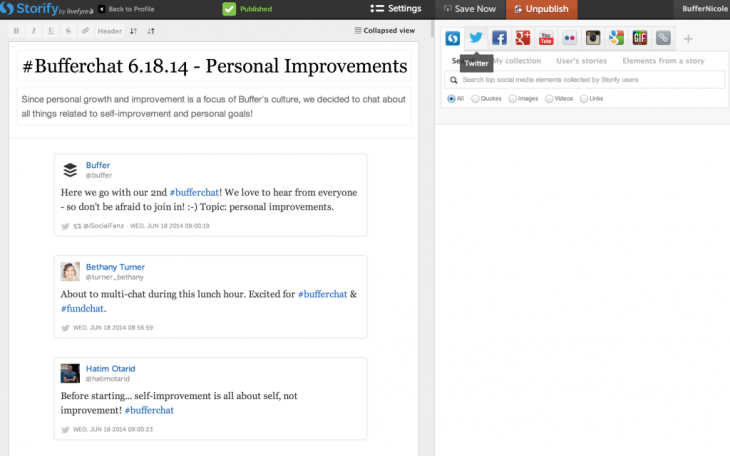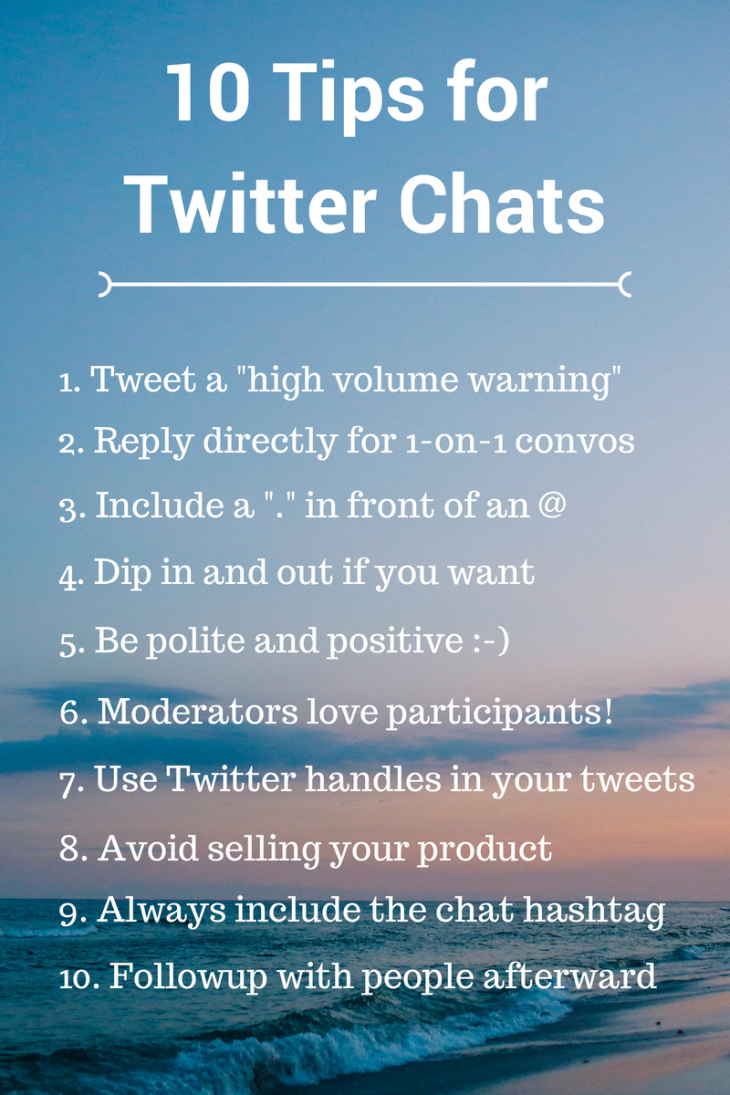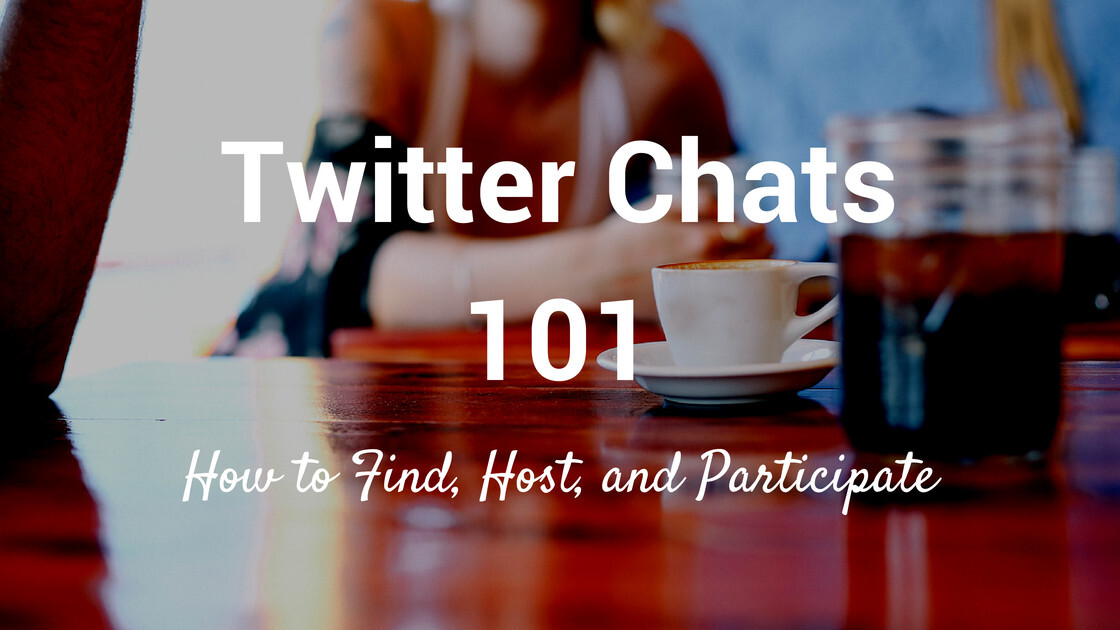
This post originally appeared on the Buffer blog.
A few months ago we started up a new Twitter chat series, #Bufferchat.
So far, we’ve talked about everything from productivity to social media monitoring and lots of other topics in between. These days, we have up to 185 participants each week, sending out nearly 2,000 tweets. It’s a true delight!
Along the way, I’ve been learning the ins and outs of operating a Twitter chat and testing new tools and ideas to optimize our chat even further.
It’s amazing how much there is to know, both for the chat host and the chat participants! I’d be thrilled to share some of our best tips and techniques with you. Twitter has been an awesome learning experience in so many different ways, and chats are no exception.
Whether you’re a Twitter pro or newer to the network, whether you plan to host your own chat or if you look forward to participating in others, a bit of advance preparation could help. Here’s what we’ve discovered so far to help you make the most of Twitter chats.
Twitter chat basics
What is a Twitter chat?
A Twitter chat is where a group of Twitter users meet at a pre-determined time to discuss a certain topic, using a designated hashtag (#) for each tweet contributed. A host or moderator will pose questions (designated with Q1, Q2…) to prompt responses from participants (using A1, A2…) and encourage interaction among the group. Chats typically last an hour.
Imagine a business networking event—but without a dress code and with a keyboard instead of a bar. The same social customs apply—courtesy and respect—and it’s a great way to meet new people with similar interests. There are Twitter chats in almost every industry imaginable.
Why participate in a Twitter chat?
Twitter chats provide a chance to network and grow your circle (and knowledge!) through shared interests. Through our #Bufferchats, we’ve discovered a whole host of useful tools, tips, and super savvy people whom we might not have otherwise connected with.
How to find a Twitter chat
There are many ways to find Twitter chats, most of which happen on a fairly regular basis. Try the following links to find a chat that meets your interests or industry.
- Chat Salad is a great place to find chats that are currently happening or taking place in the near future.
- Tweet Reports also has a great listing of Twitter chats.
- Twubs, a website where you can register a hashtag, has an easy-to-read and thorough listing of chats.
- This huge Google doc spreadsheet includes hundreds of Twitter chats.
Next: The tools you need for a great Twitter chat
6 tools for a more productive Twitter chat
At the most basic level, you can participate in a Twitter chat simply by entering the hashtag into a Twitter search and interacting with people there. But there are many other great tools that help organize and filter tweets into a stream for easier conversing.
One of the major benefits of these tools (specifically Tweetchat and Nurph) is that they automatically add the hashtag to your Tweet, which can save you lots of time—Twitter chats move fast!
Tweetchat
Tweetchat is a simple, powerful tool to quickly interact and reply to Tweets. Once connected to your Twitter account you can easily keep up with fast-paced Twitter chats as it updates and refreshes in real time.
Nurph
Nurph is a comprehensive Twitter chat tool with rooms for chats, replays of chats and RSVP functionality too. If you’re hosting a chat, definitely look into this tool as it also provides analytics.
Nurph also has a great video series about Twitter chats that are worth a watch!
Twchat
Twchat connects with your Twitter account and provides rooms for your chats.
Hootsuite
Hootsuite organizes your social media profiles or searches into streams that you can easily scan and manage. This is one of the favorites for following along and organizing social content.
Tweetdeck
Tweetdeck is owned by Twitter and integrates seamlessly with your Twitter account as a login. This is a beautiful, simple way to keep on track with a Twitter chat.
Storify
After the excitement is over and the chat concludes, it can be helpful to scan back through a Twitter chat to check out tools, resources and point you might have missed.
Lots of chat hosts put together chat recaps for this purpose. If you’re the host of a chat, Storify is a straightforward, effective way to create a recap of each chat. Simply add in the hashtag into the Twitter column on the right hand side and drag and drop tweets into the story column to organize and construct the story of your Twitter chat.
Here is an example of the Storify for our last #bufferchat.
10 quick tips for Twitter chat participants
- Give your Twitter followers a heads-up before you join a Twitter chat (“High tweet volume warning”) and share an invite to join the chat if it might be of interest to your followers.
- Reply directly for targeted conversations with one or two people.
- Include a “.” in front of an @ if you want your tweet to show up in all feeds. (Don’t worry if you’ve flubbed this in the past; it’s one of the most common Twitter mistakes!)
- It’s OK to dip in and out of a Twitter chat. Drop by for the time you have and don’t feel guilty if you can’t stay for the whole thing.
- Be polite and positive!
- Don’t be afraid to contribute and jump in! It can be intimidating, but trust me, the moderators and participants will be glad to hear from you!
- When answering a specific question or comment from another participant, use Twitter handles to identify who you’re speaking to in order to avoid confusion.
- Remember Twitter chats are about connecting and learning, not selling your product. Use the time to provide as much value on the given topic as possible and show your expertise without over-promoting.
- Always include the chat hashtag in your responses.
- Follow up with people after the chat! Keep the conversation going or get to know fellow participants on a more personal level. You never know what new connections you can make!
Next: You’re ready to host! … almost.
6 steps to hosting your own Twitter chat
There are tons of great chats out there! And if you can’t find a chat that you’re looking for, why not start your own? Here’s what you need to know about hosting a Twitter chat.
1. Participate in plenty of chats first
If you’re planning on hosting a chat of your own, make sure you learn the ropes first. Try to join in several Twitter chats in advance of your own . If you participate heavily, you’ll start to get the feel of the flow, the speed, and the types of interactions you’re likely to see as host.
While you’re participating, test out some of the tools mentioned above and see what fits best for you.
2. Choose a hashtag: Make it brief and clear
Your chat will need its own hashtag. Picking the ideal hashtag can be tricky business—there are tons of chats already out there, and you want to pick something brief (since it will be appended to every tweet), clear and simple. Bonus point if it’s easy to relate back to your business or perhaps even branded to you or your company.
We originally hosted #toolschat several years ago, but when we decided to launch back into the Twitter chats, we felt a more branded hashtag might be best to tie it back to Buffer.
You can register your hashtag on Twubs to provide a place where people can learn more about your talk or topic.
3. Schedule your chat: Consider your audience, time zones
When it comes to scheduling the best time to host your chat, consider your audience. Are they in multiple time zones? Are they most active with you on Twitter during the day or in the evening? It’s OK to experiment a bit to find the best time or even ask your audience what they’d like!
For #Bufferchat, we wanted to make sure as many timezones as possible could partake, so early in the day for Pacific time, midday for East Coast and Evening for Europe worked well for us!
We also wanted to be conscious of not conflicting with too many other chats (though this may be inevitable—did we mention how many there are?)
As you promote your Twitter chat on Twitter and other social media spots, make sure you post the time zone since anyone around the world can join!
4. Topics and questions: Plan in advance
Once you decide what your chat will focus on, start brainstorming possible topics and questions in advance so you can build out your schedule.
At Buffer, we often look at our popular blog posts for topic ideas, since we know these seem to resonate with our audiences. But we’ve also kept an open mind and asked our guest speakers what might work best for them.
Write down the questions ahead of time—five to eight questions should be a good number to get you going. Be sure to include a few alternative questions you might want to add in depending on the direction of the conversation.
It’s great to be flexible and go with the flow. Sometimes chats can go in different directions than you intend, which can lead to great things!
5. Consider special guests
Bringing in special guests to answer questions and lend their expertise can help your chat reach new audiences.
We were so excited to have Peg Fitzpatrick from Canva as our first #Bufferchat guest, which allowed for several participants to be introduced to Canva, a tool we love for creating visuals. We have a lot more special guests on the way!
Don’t be afraid to reach out and ask an expert in your field. It’s likely a flattering request and if it doesn’t work with someone’s schedule, they’ll let you know. Be sure to communicate clearly and send questions ahead of time so the guest can prepare.
6. Encourage and engage
When your chat gets going, get fired up! The next hour will be an awesome blur.
Make sure you encourage participants to join in and introduce themselves at the start. Large chats can be intimidating, and asking your community to welcome the new folks can help foster engagement.
Over the course of your chat, you’ll be busy as you keep the conversation moving, ask and answer questions, manage conversations, share resources, connect participants and generally try to be the best host you can.
Experiment and have fun. Enjoy the process—and the rush!
Have you participated in Twitter chats before? How did it go, and what tips would you offer? If you have yet to join a Twitter chat, what questions do you have? Share with us in the comments!
Read next: How to run a Google+ Hangouts series
Get the TNW newsletter
Get the most important tech news in your inbox each week.
